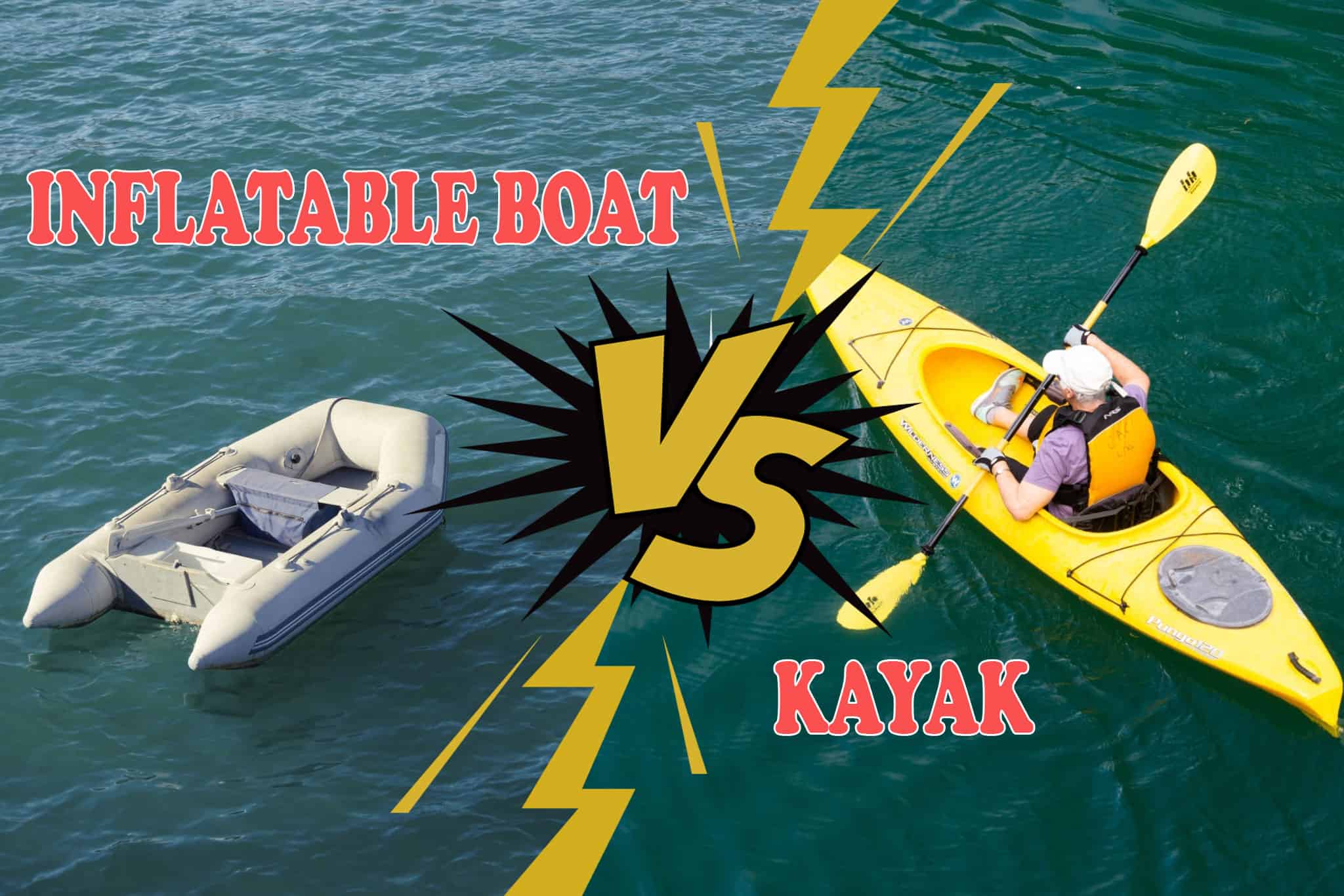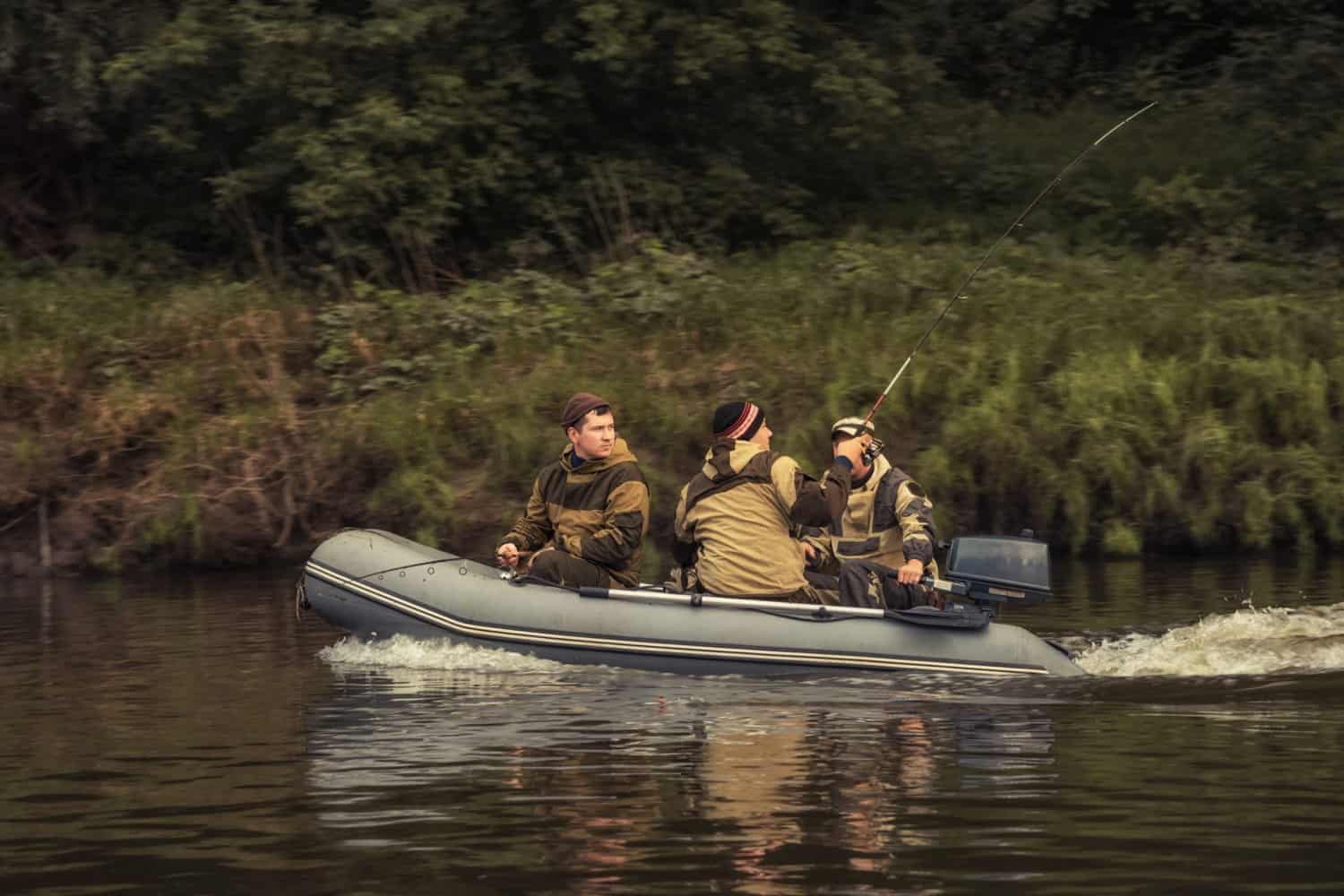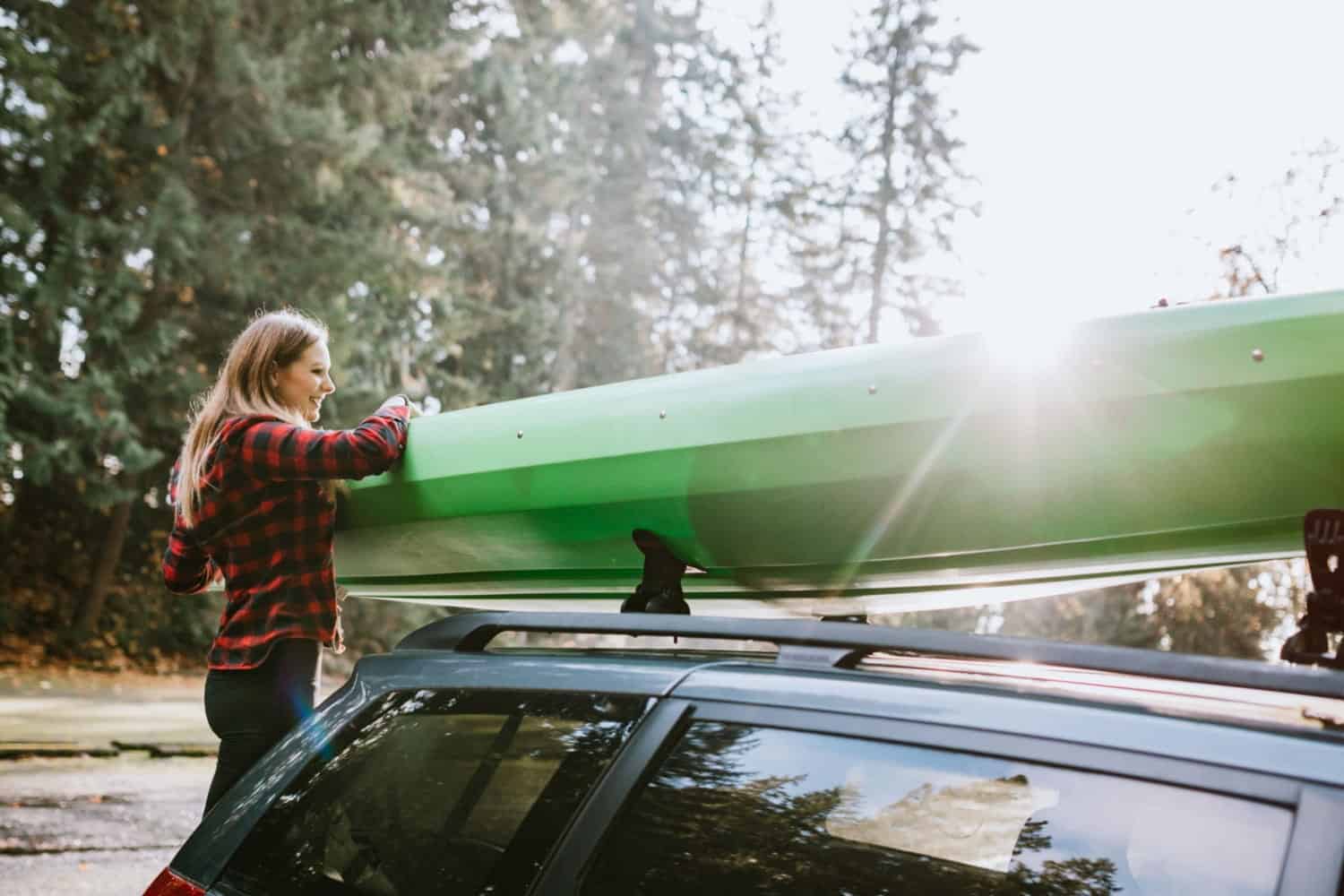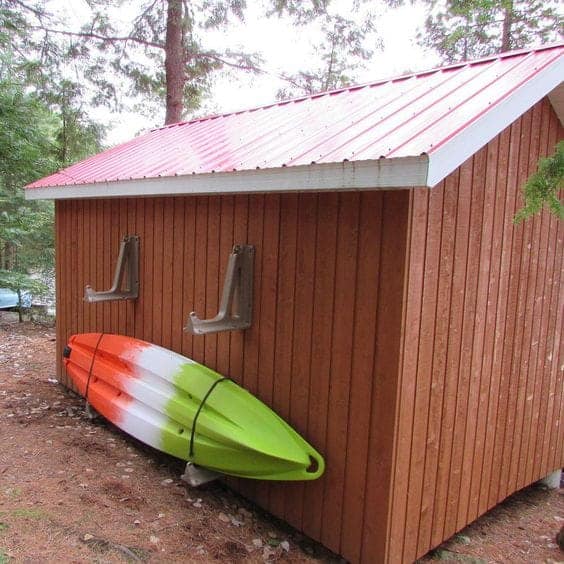Numerous people love to associate themselves with water activities or sports. If you had a hard time choosing Inflatable Boat vs. Kayak, then this is the time to learn new things.
They differentiate in several aspects like the structure, stability, fishing capacity, transportation, preparation time, storage, safety, and average cost and maintenance.
For further interpretation of this topic, continue to explore this article.
Inflatable Boat Vs Kayak: What is the difference?

The information below configures the comparison between an inflatable boat and a kayak. Read the details to identify which suited your needs.
Structure
From the word itself “inflate” means a stretchable substance was filled up with air or gas to make it distended.
This type of boat is made from lightweight, flexible, and durable materials. Inflatable boats are somehow like hard case rowboats.
In terms of structure, one can easily recognize a boat from a kayak. Inflatable boats are broader sailing surfaces with wider edges.

While inflatable kayak is featured with a narrow and pointy edge. Its design is an advantage to effortlessly glide in the water, rather than those wide inflatable boats.
Additionally, inflatable boats are capable of carrying more or less 4 passengers. Whereas inflatable kayaks are only good for 2 persons.
Stability in the Water
It is known that inflatable boats’ features are contrary to a kayak. Consequently, their performances also vary when they are tried in the water.
Whether you like it or not, the broader the boat, the harder you could paddle. Even if you have the biggest muscles, it’s still difficult to travel a long distances area in water with inflatable boats.

Although a paddle is available, it’s tiring, and steering the boat may take a while. Hence, an electric trolling motor is commonly installed on an inflatable boat to pave your efforts in maneuvering.
This motor allows you to comfortably control the direction of your boat while effortlessly sitting at the back and drinking your beer.
Furthermore, they are accessible in times of emergency purposes, and you won’t have to take much time before reaching the desired destination than those motorless boats.
On the other hand, kayaks’ narrow and slim structure allows you to effortlessly flow through the water as you paddle.
Steering can never be a problem unless you would encounter strong waves. As for the stroking, Inflatable kayaks can be paddled easily at a faster speed and reaches their destination efficiently.
Capability on Fishing

Inflatable boats and kayaks can both be utilized for fishing. However, there are pros and cons because of their features.
Firstly, in terms of stability, inflatable boats are advantageous. It can be equipped with wooden flooring to allow at most 2 people to stand up and enjoy fishing together at the same time without shaking much.
Second, their difference in size affects the capacity of the kayak to carry much fish since its slimmer, unlike the inflatable floats which have a bigger area for storage.
Thus, kayaks get a bigger chance of exploring narrow fishing areas where they can easily fit.
Aside from that, once the fish has been carried, it would be heavy to paddle the kayak manually rather than the boat which has a trolling motor for rearing easily to shore.
Means of Transportation

Talking about transportation of both materials, kayaks especially the inflatable once are much handy and can be carried to the destination effortlessly by a single person only.
Compared with inflatable boats, it needs at least strengths of 2 people to move the boat to a car or need a stroller to assist in transporting it ashore.
Other than that, most inflatable boats and kayaks are conveniently placed at the trunk or backside of the car. While hard-shell kayaks are necessarily positioned with specialized racks on cars.
Read more: How to Transport 3 Kayaks? (Revealed)
Preparation Time
Setting up kayaks is more time-efficient than inflatable boats.
For example, hard shell kayaks are easily prepared by just detaching on its rack and bringing it ashore. While inflatable kayaks only need a few minutes of pumping air then it is ready for use.
On the other thought, inflatable boats are time-consuming to assemble. Setting time will depend on the boat’s size and the pump machine that you’re operating.
So, if you happen to have a bigger boat, you’ll need extra time and strength to pump air to inflate them.
Moreover, inflatable boats may be equipped with trolling motor and other necessary features which requires additional time to install each part.
Storage

Since boats and kayaks can be deflated, they can be folded and stored in the back spaces of your car.
Yet, kayaks either hard-shell or inflatable are much better because it is lightweight. Also, it can be stored in tiny spaces inside your car and even in small-scale areas around your apartment.
In addition, it’s usually convenient to carry and pack inflatable kayaks in remote areas for they can fit in big backpacks or can be held by hand.
Compared to deflated boats, it is heavier, adds up weight, and time for at least two people to store it in your car. Additionally, it consumes a much bigger area in your house storage.
To sum up, both have differences in size and weight, but can still fit inside the car trunk.
Furthermore, it may be awkward for you to carry this big luggage on trips, the important thing is both boats and kayaks are good for water adventures you’ll surely enjoy using them.
Safety
We seemed to be mesmerized by the lightweight structure of kayaks which lead to convenient grabbing. However, this might be somehow unsafe at times of strong winds and waves.
Inflatable kayaks usually wander or turn upside down unexpectedly especially in windy weather conditions. Compared to inflatable boats, it has a heavy and wide structure. Thus, allowing it to have a safer sail.
Average Cost and Maintenance
The average price for an inflatable kayak as of this year could reach approximately $100 to $600. Of course, it’s cheaper than those inflatable boats which go for more than 200$.
Based on the size of surface area and type of material, kayaks have a much lesser maintenance cost than inflatable boats due to their smaller size.
An inflatable boat is an eyesore if a part of it will be punctured. One must observe and repair the air leaks. Moreover, maintenance on the motor also adds to your expenses.
However, if you are fond of paddling, you’ll only focus on paddle and leak maintenance.
Conclusion
In summary, inflatable boats vs kayaks have similarities and comparisons. Both are widely known in water sports and available on markets. We are positive that after reading our article, you have already decided what to choose for your aquatic tripping.